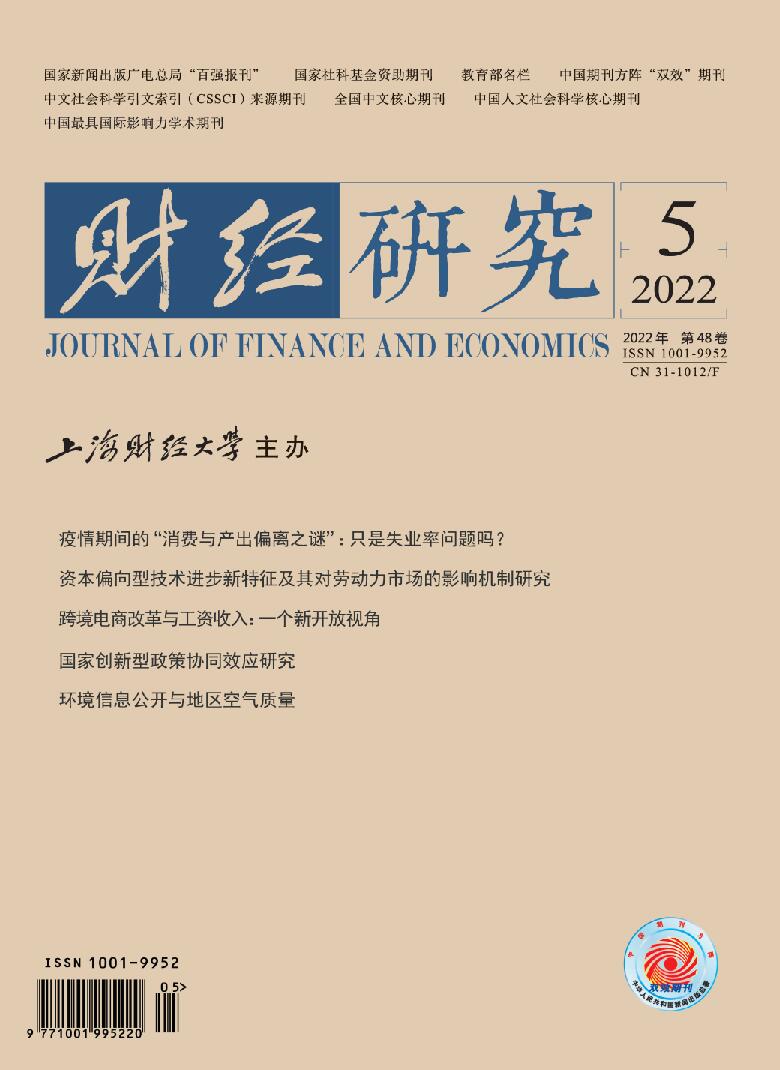During the period of COVID-19, consumption plummeted and deviated from output, showing the characteristics of speeding down and slow recovery. The abnormal phenomenon occurred not only in China, but also in other countries in the world. It is taken for granted that consumption growth declined more in the first quarter because of the limited population flow during the epidemic. However, with the cancellation of the home isolation policy and the resumption of work and production, the recovery of household consumption was still relatively slow when the unemployment rate did not rise significantly and family income was repaired rapidly. This overreaction of demand to the impact is difficult to be explained by the traditional consumption theory. According to the permanent income hypothesis, households have the motivation to smooth consumption, so the fluctuation of household consumption is less than that of income. In addition to the impact of the isolation policy, what other factors lead to the sharp decline of consumption, even more than the decline of output? What measures should the government take to deal with this situation?
In this paper, we quantitatively explore the fundamental reason behind the puzzle thing that the consumption growth rate dropped more than the GDP growth rate during the epidemic in China using a heterogeneous agent life-cycle model. The model contains a variety of heterogeneities which include agent’s age, type of working firm, employment status, income status before unemployment, and the labor income risk. The main findings are as follows: First, the rising unemployment rate only accounts for 6.3% of the decline in consumption, while the declining employment quality under resource mismatch accounts for 26.1% and the increasing income uncertainty accounts for 29%. Second, both the rising unemployment rate and the increasing income uncertainty may recover in the short term, but the decline of employment quality caused by the mismatch of labor market resources will have a long-term impact. Third, the impacts on enterprises of different types and on individuals in different life cycles are heterogeneous. The income impact on middle-aged people in small and medium-sized enterprises is the most significant, while the consumption impact on young people in small and medium-sized enterprises is the most significant.
The possible innovations of this paper lie in the following aspects: From the perspective of method, this paper constructs a heterogeneous agent life-cycle model, which considers the binary margin of income impact, the endogeneity of dynamic transfer of production efficiency and the heterogeneity of enterprises affected. Taking China’s economy before the epidemic as the initial steady state, this paper uses the method of counterfactual experiment to analyze the channels through which the epidemic affects household consumption, which is the first-time application in China. From the perspective of research expansion, this paper introduces the realistic research on the impact of unemployment rate on underemployment and thus on wage into the Chinese context. Combined with the empirical analysis with the micro data of China Urban Household Survey, it is verified that the rise of unemployment rate under the impact of economic crisis will aggravate the human resource mismatch, and resource mismatch will bring about greater wage penalty. As for policy inspiration, to boost consumption and restore the economy, countries around the world are running money printing machines to increase the stimulation of fiscal and monetary policies. This paper demonstrates that the slumped consumption is not only a short-term problem, but also a long-term lag effect. It is not only the problem of employment quantity, but also the problem of employment quality. Thus, on the premise of recognizing the internal causes of the sharp decline in consumption, this paper provides a directional reference for accurate and sustainable consumption promotion policies in the future.





 5715
5715  8954
8954

